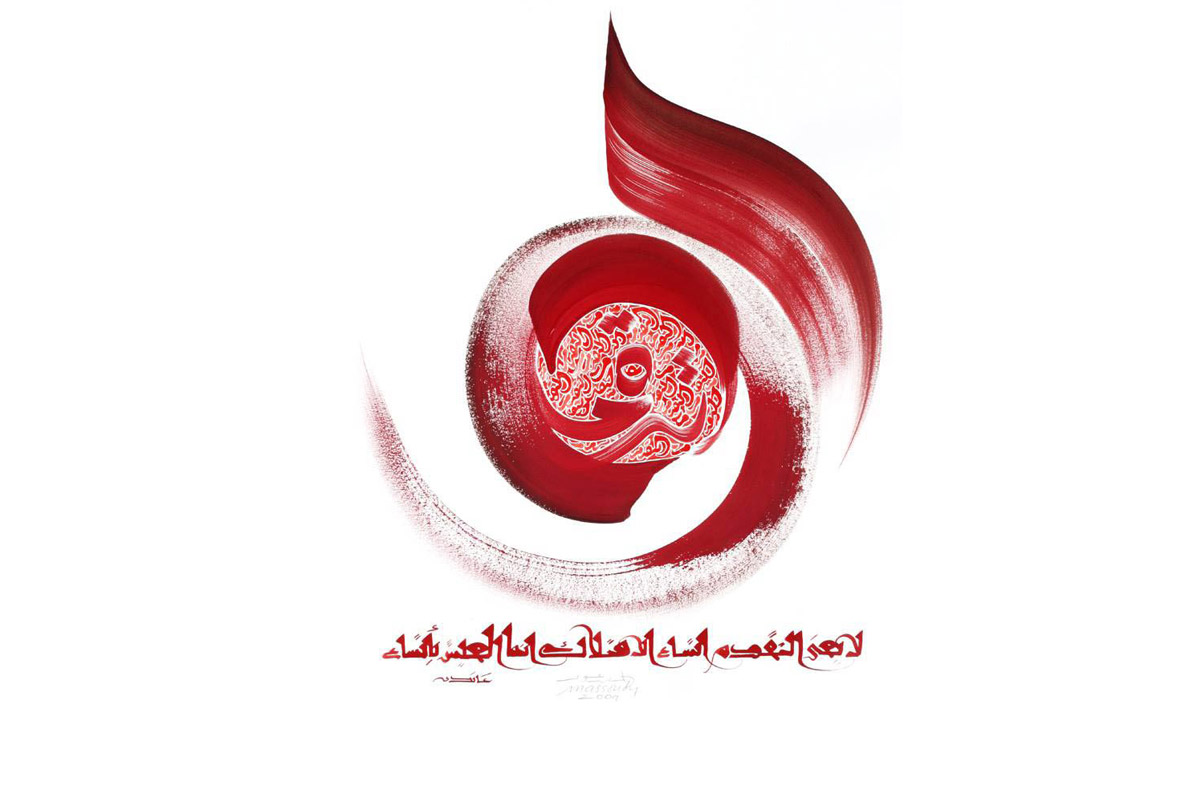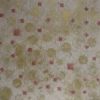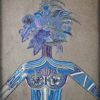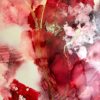لايعني التقدم اتساع الامتلاك ، انما العيش باتساع. غاندي (“Development is not to possess more and more, but to be more and more”), Gandhi.
Rhythm, breath, balance: in my opinion, these three words define Hassan Massoudy’s art.
Looking at his calligraphies is like travelling in a place you know well but you had never seen this way before: you feel like home but with an extra feeling of clarity and accuracy. And very much like on a journey, you can spend hours and get lost in the lines, following the curves, dreaming from the colors, looking for the invisible behind the movement that slowly vanishes.
In Calligraphies d’amour (Albin Michel publisher, Paris 2004), Hassan Massoudy gives some insight about the very process that leads him in his art:
“This search for the right form is like seeking a point of balance where everything meets – weight rising without falling, dynamic movement that doesn’t break the form, light passing through colour, space adjusting itself behind the forms, purifying without impoverishing, achieving abstraction without loss of image – the meaning of words, the desire of the calligrapher. Finally, it is perfecting the self with each calligraphy, becoming more adept through mastery of the materials. The geometric construction of form should be very simple.
If the exact point of balance is not reached, if it is a failure, then you discover your own limits, your humanity and the fragility of the human condition. Calligraphy can become an indicator of the absence of centre, of imbalance. This experience then evolves into knowledge of the self and perhaps even improvement if you pick yourself up right away and start again.
A new direction, but how do you choose? Slow down to better master the rapidity or speed up to better gather the fruits of impulsion? One mustn’t lose the essential. If the ancient techniques are a hurdle, you have to set them aside and invent others, or take inspiration from the other arts, listen to the rhythm of music or observe the movement in dance. The word of the body is like a bird in space, but how can one float freely without falling? You need lots of stamina to overcome gravity and find the physical sensations of space. My calligraphy must reflect its belonging to the world, which now means an era of speed. The speed of the rocket that allowed man to overcome the law of gravity and gave him the possibility to walk on the moon.
When I think my gesture is just right the interior conflict ceases, even if that sensation only lasts a few minutes. It is a moment of joy when the alphabet is no longer an instrument of logic but an attitude of writing, a pure sensation that can easily come into contact with the poet, who has probably been through the same process. This calligraphy reflects my vision of the world, it has become the desire that the world should be thus, with a new harmony and new freedom.
The material contradictions are the reflection of contradictions in life. In reality, the point of balance doesn’t exist: The world is merely a harmony of tensions, according to Heraclitus. All this experience is only an evolution and there is no evolution without failure. Calligraphy is like all the other arts, the expression of happiness and suffering go side by side. Do and undo, and grow through each experience. Faced with a tragic impulsion, calligraphy imposes a restraint an control that allows you to deal with problems. One learns to master the self for a moment. When the word is lightness and soars up, the eye follows the upward direction of the movement. Intuitively, I see calligraphy on another scale than that imposed by the limits of paper. It gains in spatiality. The gestures of the calligrapher become an open space, welcoming the words of the poet and the imagination of the onlooker.”







 Shanqa proposes a path through art and beauty. Shanqa gathers artworks from all horizon which are selected on account of the very special vibrations they present. Discover our selected artists and let their artworks open your soul.
Shanqa proposes a path through art and beauty. Shanqa gathers artworks from all horizon which are selected on account of the very special vibrations they present. Discover our selected artists and let their artworks open your soul.

